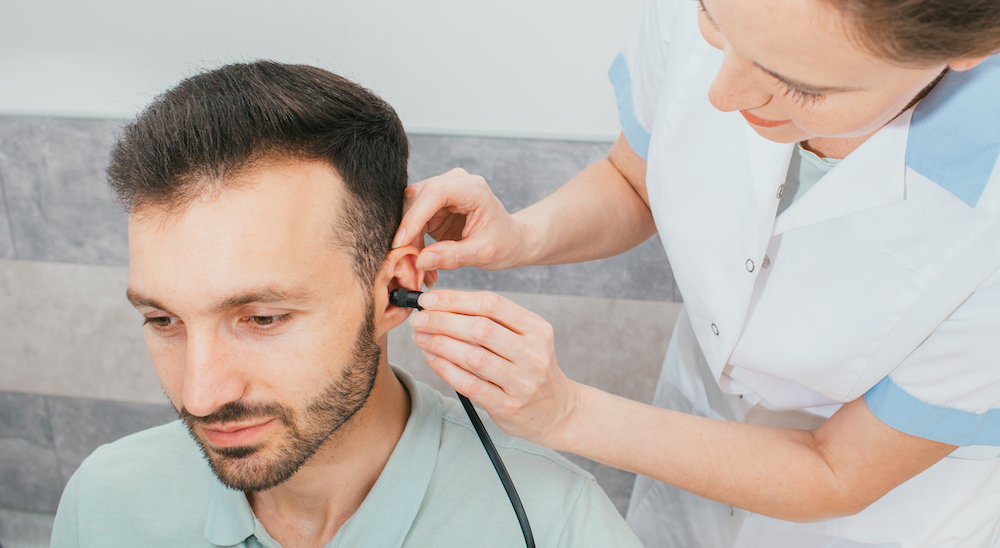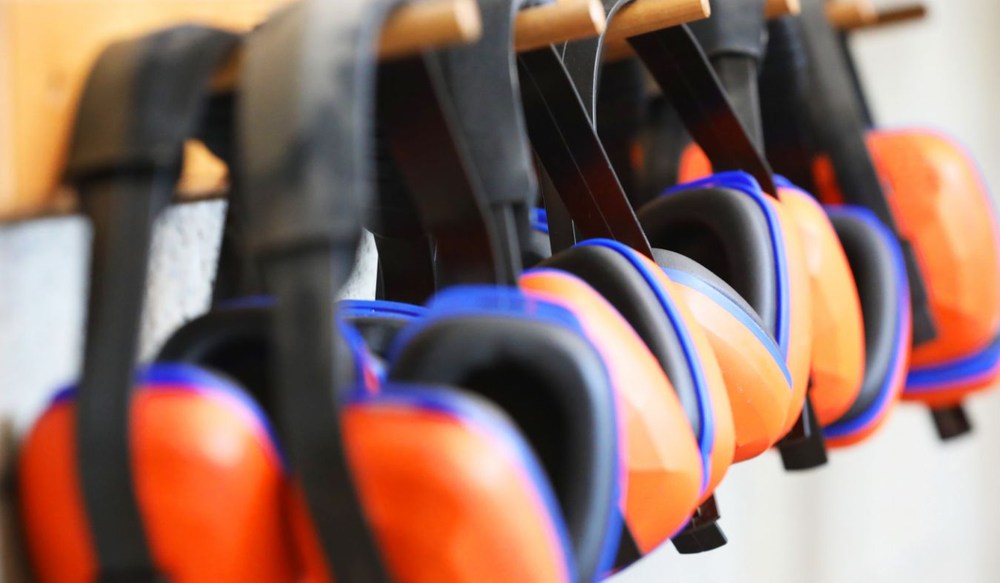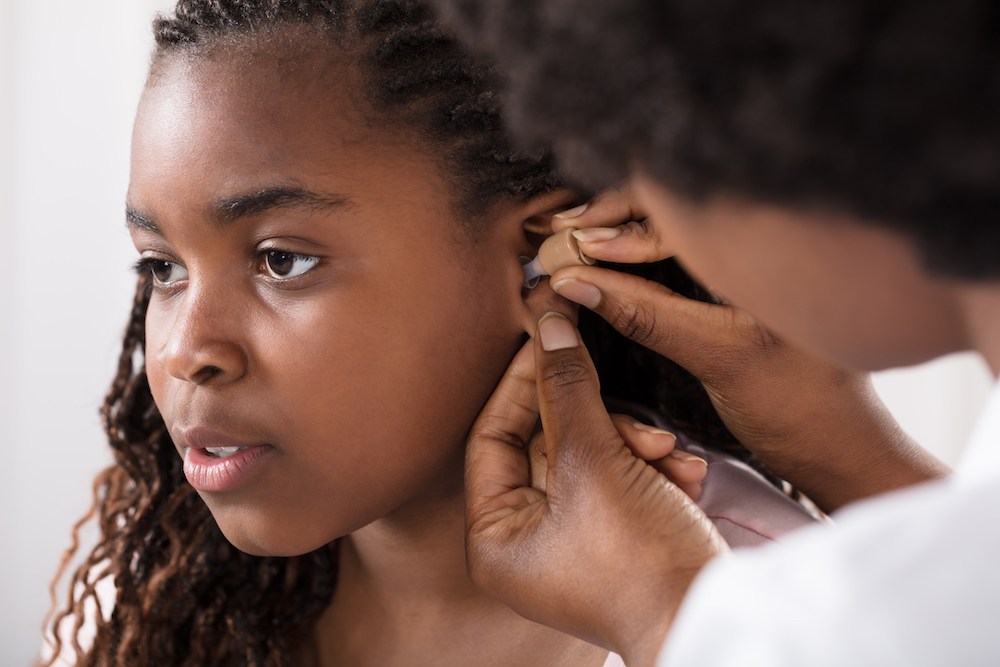What Young Adults Should Know About Hearing Protection
Hearing protection might not be something most young adults think about,
We’re Hiring! Click Here to Learn More About Our Career Opportunities →

Do you believe you may be experiencing hearing loss? Hearing loss can affect anyone at any time, and since it progresses so slowly, it is frequently impossible to detect until you begin to experience symptoms. Hearing loss has far-reaching consequences for your health, so taking a baseline hearing test as well as annual follow-up exams will help you spot it when it is still early.
The objective of a hearing test is to identify not only whether or not you have hearing loss, but also how moderate or severe your hearing loss is. A thorough hearing test can also assist in determining the type of hearing loss you have: conductive, sensorineural or mixed, as well as whether your hearing loss will require the use of hearing aids or hearing implants.
Here, we look at what you can expect from your hearing test.
You will be asked to complete a form or asked lots of questions by your audiologist when you first arrive at the hearing clinic to ensure that you receive the best possible care. This will assist the audiologist in better understanding your medical history and hearing health. There are numerous potential reasons for hearing loss, and your case history can assist identify whether or not you have anything inherited or hereditary in your family that could be contributing to your hearing loss.
Various medical disorders such as allergies, head colds, ear infections and even excess earwax in the ear canal can cause hearing loss. Additionally, the hearing audiologist may inquire as to whether or not you have recently had any injuries to your head or ear. Almost any type of injury to the skull area has the potential to cause temporary or permanent hearing loss.
Your audiologist may also ask whether or not you have been exposed to loud noises or whether you work in a workplace with loud noises. When living or working in a noisy environment, it is typical to experience noise-induced hearing loss.
Finally, your audiologist may want to talk with you about the symptoms you are having and how they are impacting your regular activities.
During this stage, an otoscope is used, which is a handheld device that contains a magnifying scope that is held against the entrance of the ear canal to be examined.
This is used to take a closer look at the ear and to detect any visually detectable risk factors, such as an earwax buildup or the symptoms of an ear infection, as soon as they are noticed. If any of these are discovered, the audiologist may recommend that the patient receives treatment before proceeding with the remainder of the hearing evaluation.
Providing that the visual examination goes as predicted, your audiologist will then follow up with a range of hearing tests. The goal of these tests is to have a better understanding of your entire range of hearing abilities. You will be placed in a soundproof booth and provided with a pair of headphones for the duration of all tests. The audiologist will keep an eye on things from a different location. These tests may include the pure-tone and speech tests.
This test will involve the audiologist playing several tones at various volume levels and pitch ranges in order to determine whether or not the patient has a pure tone problem. When you hear the tone, you may be prompted to press a button or to offer vocal confirmation that you have heard it, depending on the situation.
An audiologist will play words and sentences at various volume levels and pitch ranges during the speech test. The results will be recorded. They may also experiment with varying levels of background noise to assess how well you can understand what is being said in different locations.

Hearing protection might not be something most young adults think about,

Hearing loss usually starts gradually, making it hard to notice right

Choosing the right hearing aid for your needs is about more than just